Historic Preservation
Historic Preservation Can Be a Green Initiative 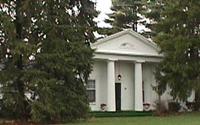
While historic buildings are often lauded for the unique character they contribute to a community, they may often be misunderstood as high maintenance responsibilities from energy and expense perspectives. And yet, this does not need to be the case. "Reusing" , "Recycling" or preserving a historic building is one of the more environmentally friendly things to do. The benefits of historic preservation far outweigh the time it may take to repair rather than to replace a building’s features, or even an entire building.
More often than not, historic buildings were originally designed with energy efficiency in mind. For example, consider a building’s orientation, its window placement, or even the height of its ceiling. Chances are that the placement of features such as these was intentional for ventilation purposes. Additionally, historic buildings were built to last. If you have ever been inside a historic barn or house, you can appreciate the craftsmanship in elements such as its solid beams or thick walls. This construction confirms the concept that historic construction was done with the understanding that a building should last.
Perhaps there are a few landmarks close to you that you value as places that are important to your history and hope will remain for generations to come. Maybe you even live in a "recycled" building. From an economic standpoint, by performing simple tasks such as sealing or caulking drafty openings around your windows or doors, or by making the decision to repair your window over purchasing a new one, these "green" measures will not only protect the historic character of your home, but also result in more green in your pocket. It is true that the time involved may require more than you would like it to at the outset, but in the long term, not only are you saving the environment and money, but you are also protecting an important historic and cultural asset for future generations. Next time you see a historic building in your community, take pride not only in its history and the sense of place it provides, but also note the dual side of its existence as an excellent testament to the "green" effort your community has taken to recycle its historic resources.
Please contact the Will County Historic Preservation Commission to learn more about historic preservation at 815-774-7902 or hpc@willcountylanduse.com or visit our pages on the Will County Land Use website.
For easy and practical ways to green a historic building, visit www.preservationnation.org/issues/sustainability/
|
#2 - 16th Street Bridge aka the Division Street Bridge
|
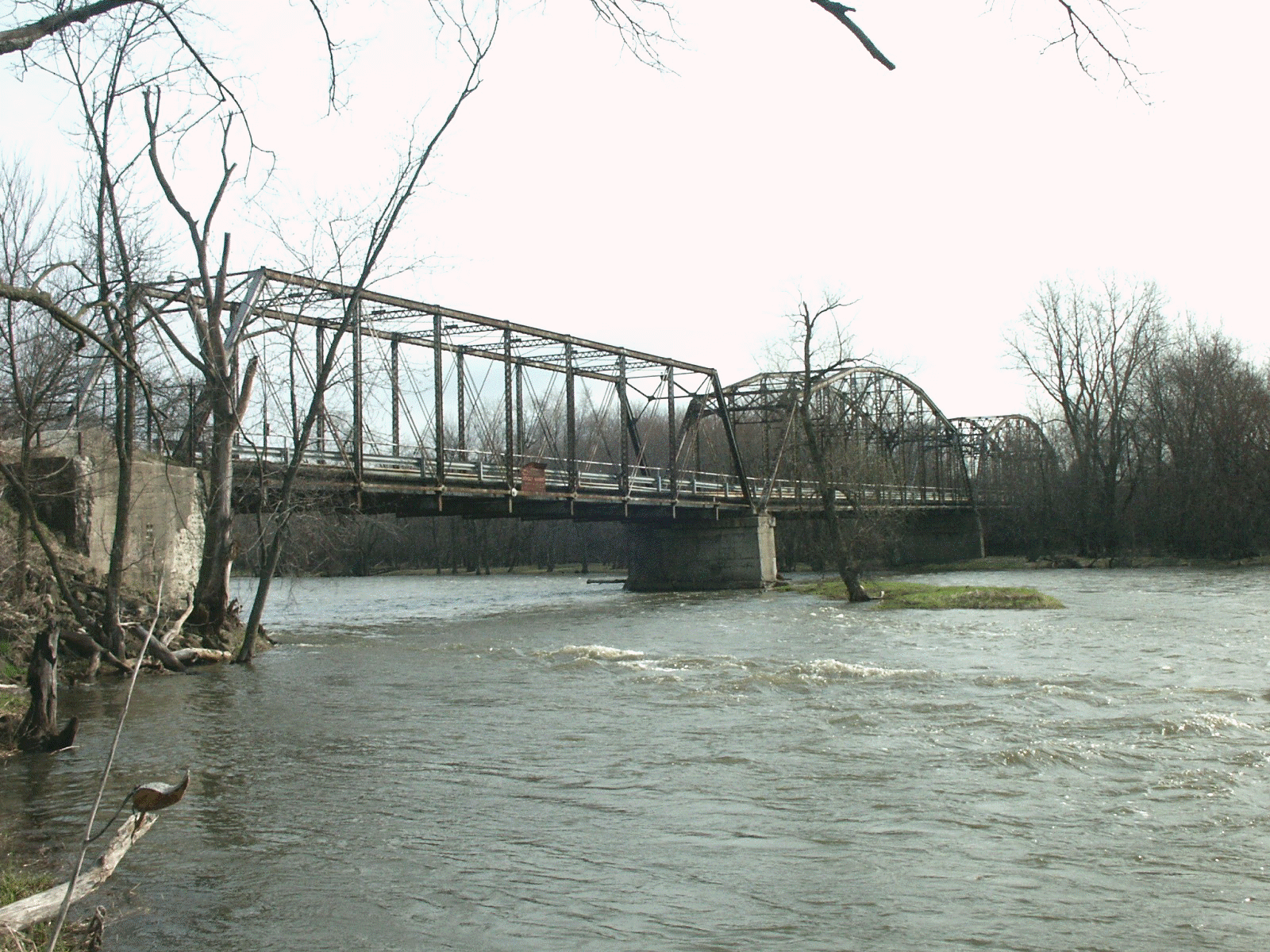 |
|
#3 - Springbanks Road Bridge aka Renwick Road Bridge
|
 |
|
#4 - Koppers Coke Oven Plant Site
|

|
|
#5 - John Lane Monument
|

|
|
#6 - Lincoln Hotel / Old Brick Tavern
|

|
|
#7 - Beecher Mausoleum
|

|
|
#8 - Baker-Koren Barn
|
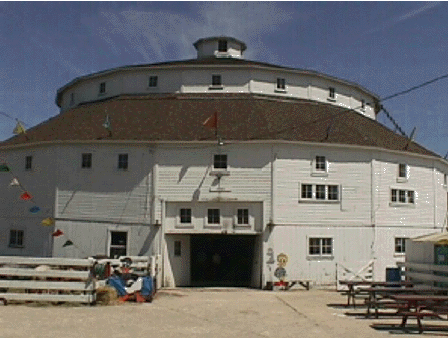 |
|
#9 - Union Burial Cemetery
|
 |
|
#10 - John Fiddyment Home
|
 |
|
#11 - William Gooding House
|
 |
|
#12 - Carl Wilhelm Steiber House
|
 |
|
#13 - Beecher Railroad Depot
|
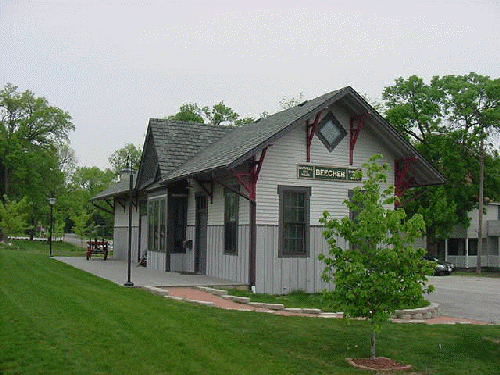 |
|
#14 - Patrick Fitzpatrick House
|
 |
|
#15 - H.A. Rathje Mill
|
 |
|
#16 - German Baptist Society Cemetery
|
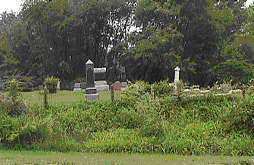 |
|
#17 - Schmuhl School
|
 |
|
#18 - Wabash Railroad Depot
|
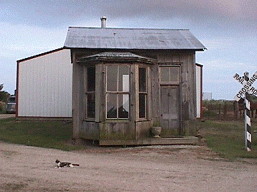 |
|
#19 - Riegel Farm
|
 |
|
#20 - Friedrich Gottlieb Seggebruch House
|
 |
|
#21 - Soldier's Widow's Laundry
|
 |
|
#22 - Small Towle House
|
 |
|
#23 - Wheatland Presbyterian Church
|
 |
| #24 - Paton School |
 |
|
#25 - Wesley Township Hall
|
 |
|
#27 - Russell-Smazik House
|
 |
|
#28 Ritchie United Methodist Church
|
 |
|
#29 Francis Field
|
 |
|
#30 Haven Administrative Center
|
 |
|
#31 Ogren- Reed Homestead
|
 |
|
#32 Brown Cemetery
|

|
|
#33 Lovell Farmstead
|

|
|
#34 John B. Salisbury House
|
 |
#35 Octagon House
|
 |